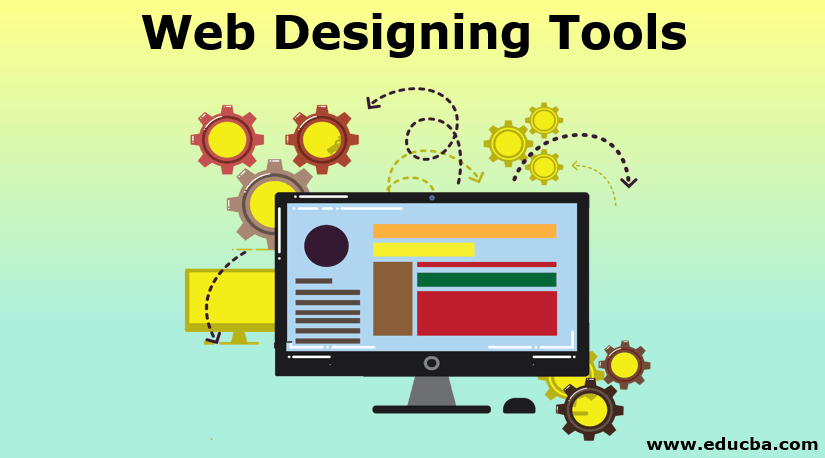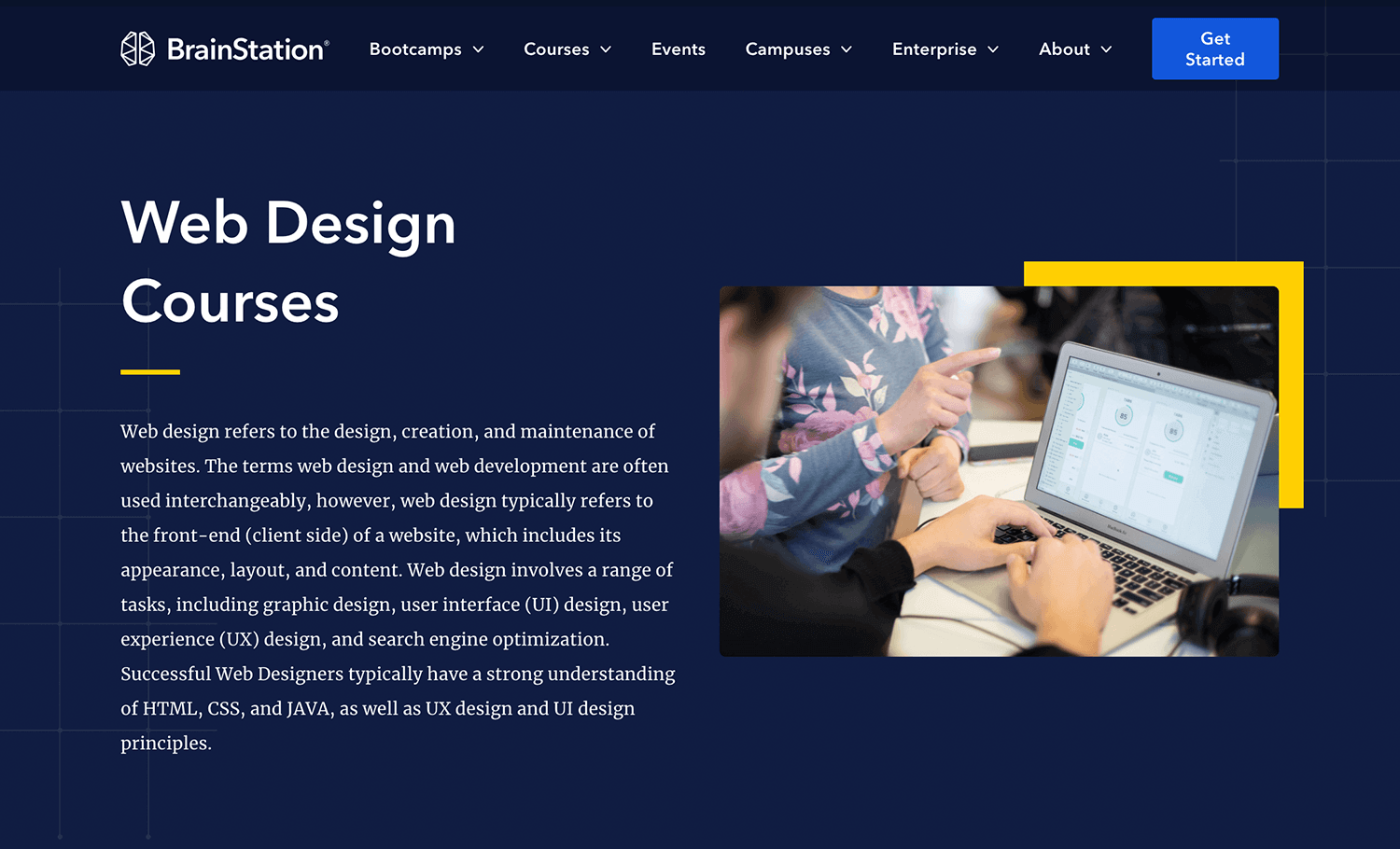The Very Best Sorts Of Website Design to Improve Individual Experience and Interaction
In the ever-evolving landscape of digital interaction, the efficiency of Web style significantly affects individual experience and involvement. Various layout strategies, such as minimalist, responsive, and interactive designs, each deal one-of-a-kind advantages that can provide to varied customer needs.
Minimalist Website Design
As electronic landscapes become increasingly cluttered, minimalist website design has actually become an effective technique to boosting user experience. This design viewpoint prioritizes simplicity, concentrating on essential elements while eliminating unneeded disturbances. By utilizing adequate white area, simple navigation, and a limited color combination, minimalist design cultivates clearness and routes customer focus to crucial material.
The core principle of minimalist Web design is to develop a smooth interaction for individuals. By lowering cognitive tons, users can swiftly realize details without really feeling overwhelmed. This direct strategy not only enhances functionality but additionally motivates engagement, as site visitors are most likely to check out a website that is visually appealing and easy to navigate.
Additionally, minimalist style typically emphasizes typography and images, using these elements purposefully to convey messages properly. This focus on crucial parts can boost brand name identification and produce a memorable customer experience. Essentially, minimal Web style is not simply a trend; it is a thoughtful methodology that identifies the significance of user-centered style. By removing peripheral components, designers can produce an extra engaging, effective, and satisfying Web experience for all users.
Receptive Website Design
In today's diverse digital environment, receptive Web design has ended up being necessary for producing a smooth customer experience throughout a plethora of tools. As customers gain access to internet sites on smart devices, desktops, tablet computers, and laptop computers, the ability of a website to adjust its format and material to different screen dimensions and resolutions is crucial.
Receptive Web style uses flexible grids, pictures, and CSS media queries to guarantee that Web material is provided optimally, no matter the gadget utilized. This method not just improves the visual allure of a web site however also significantly boosts usability. Users are most likely to involve with a site that offers a regular experience, as it gets rid of the irritation of having to focus or scroll excessively.
By taking on responsive style, companies can enhance their presence and get to a broader audience. In recap, responsive Web layout is an essential practice that enhances individual experience, interaction, and general satisfaction.
Interactive Website Design
Receptive Web style prepares for boosting customer experience, but interactive Web layout takes this a step even more by engaging individuals in a much more vibrant method - Aligned Position Web Design. By including components such as computer animations, clickable models, and real-time responses, interactive website design mesmerizes individuals, attracting them into a richer browsing experience
This method not only fosters engagement yet additionally urges customers to check out content actively instead of passively eating it. Methods such as gamification, where individuals earn rewards for finishing jobs, can dramatically boost the moment invested in a site and boost general fulfillment. Interactive attributes can streamline complex information, making it extra satisfying and digestible.

Integrating interactive design elements can also lead to greater conversion rates, as users are most likely to involve with a website that actively entails them. Aligned Position Web Design. Eventually, interactive website design transforms user experiences into remarkable journeys, guaranteeing that site visitors return time and once again
Flat Style
Identified by its minimalistic method, flat layout stresses simplicity and functionality, stripping away unneeded aspects and concentrating on important functions. This style philosophy prioritizes use, making sure that customers can browse user interfaces with convenience and effectiveness. By utilizing a find here tidy visual, flat style gets rid of the mess usually found in more luxuriant designs, thereby enhancing user emphasis on web content and functionality.
The trademark of flat design depends on its use vibrant colors, easy typography, and geometric shapes. These elements add to an aesthetically enticing user interface that is both modern-day and friendly. Additionally, flat layout fosters a sense of quality, permitting individuals to discern important actions and information without disturbance.
Moreover, flat layout is specifically reliable in responsive website design, as its simplicity translates well across numerous gadgets and screen dimensions. The absence of intricate textures and slopes lessens loading times, which is critical for preserving user engagement. As electronic landscapes remain to evolve, level design stays an appropriate choice for developing easy to use websites that boost overall experience. By concentrating on necessary functions, level design not just meets user requirements but likewise encourages seamless communication, making it an important component of reliable website design approaches.
Adaptive Web Layout
Adaptive website design personalizes the customer experience by developing numerous repaired layouts customized to various display dimensions and tools. Unlike responsive layout, which fluidly adjusts a single design, flexible layout uses distinctive formats for specific breakpoints, ensuring optimum presentation on different platforms. This technique enables designers to concentrate on the special features of each tool, boosting functionality by supplying specifically what customers require based upon their context.
One of the primary advantages of adaptive website design is its ability to maximize lots times and efficiency. By offering tailored content and images that fit the customer's tool, internet sites can link decrease information use and enhance loading speeds. This is particularly advantageous for users with slower connections or limited information plans.

Additionally, adaptive design helps with a more consistent and controlled branding experience. Because designers develop numerous designs, they can make sure that the aesthetic aspects line up with the brand's identity throughout various platforms - Aligned Position Web Design. This leads to a cohesive customer experience, boosting interaction and promoting user retention
Verdict
In conclusion, the integration of minimal, responsive, and interactive website design principles considerably improves individual experience and engagement. Minimal design cultivates quality and focus, while receptive style guarantees adaptability across different devices, advertising ease of access. Interactive design mesmerizes users via vibrant elements, urging exploration and customization. Collectively, these layout approaches add to the development of user-friendly atmospheres that not only enhance satisfaction yet also drive greater conversion rates, emphasizing their crucial relevance in contemporary website design methods.

Minimalist design fosters quality and focus, while responsive design guarantees versatility throughout numerous tools, these details promoting access. Jointly, these layout comes close to add to the production of straightforward atmospheres that not only enhance fulfillment yet additionally drive greater conversion prices, highlighting their critical significance in contemporary Web layout approaches.
Comments on “Aligned Position Web Design: Your One-Stop Solution for Innovative Website Design and Development”